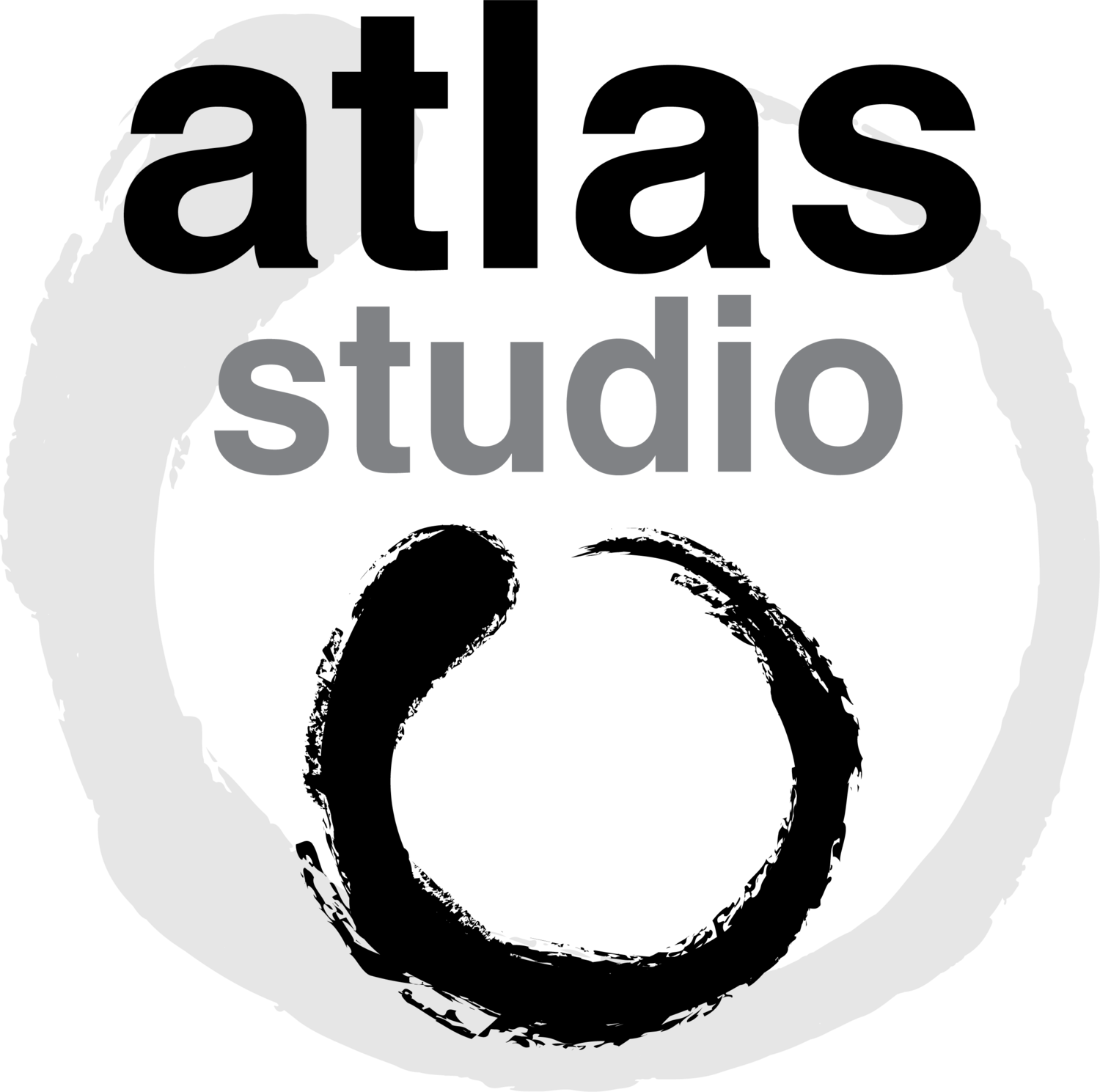In the time of COVID19. We are under daily threat of life, income, homeschooling and more. This constant stress, conscious and/or unconscious is triggering our sympathetic nervous system and a deep breath from time to time may not be enough at this moment in time to activate the parasympathetic nervous system (our rest and digest system).
We need to relax completely at least once a day. This is not watching Netflix, reading a book, knitting or going for a walk. Relaxation means relaxing completely. These other things can be a distraction and provide some relief, but they do very little to relieve the stress that we hold inside in the form of muscular contraction and tension.
To reverse the tension-holding pattern, we can work with the energy body (pranamaya kosha). The systematic relaxation of the body and all of the different ways of doing that offer a precise, orderly way to release tensions from our toes to the top of our heads and all points in between. A number of these techniques exist, and, like most yoga practices are best learned from an experienced teacher and then honed through patient practice. Yoga and world cultural traditional relaxation practices vary from simple tension/relaxation exercises to more complex visualization techniques that require exploring fine distinctions in the subtle(energy) body. Many practices involve moving our attention through the body methodically, often while resting in svasana (pronounced shvasana – corpse pose). Neuroscientists are beginning to discover that these practices can begin to change the way the brain responds to the perception of stress and we can learn to experience stress and move back to healthier neural pathways with more equanimity.
Most relaxation techniques require that we withdraw our attention from the drama of our lives. In yoga we call this withdrawal, pratyahara (withdrawal from the senses). Letting go of memories, plans, worries and fantasies and focus on the present moment and allow the mind to move from point to point from one part of the body to another, from one visual concept to another. Listening deeply to our bodies, helps us to stay embodied and aware of what we are actually feeling. Breathing from the diaphragm, while systematically bringing our attention to point to point in the body can release tension and increase the flow of energy (prana) to each point, each visual image brings energy to that part of the brain where that image ‘resides’.
These types of practices lead to healing and cleansing and build the neural pathways to ease in meditation and deeper practices. Try this once a day for 10-30mins and see how you feel. Lie on the floor – comfortably – stay awake and aware of your breath, rotate your attention from one part of the body to another – trying to include all body parts and let the breath be deep, full, effortless. Notice if you start to fall asleep and bring the attention back to the breath and continue scanning the body. If you would like to practice this exercise with a teacher, yoga nidra is a really nice easy practice that you can listen to an audio recording and have this experience.
Sign up for our newsletter and get a FREE AUDIO RECORDING of Samasa Yoga Nidra and try this out for yourself. Email us at [email protected].

